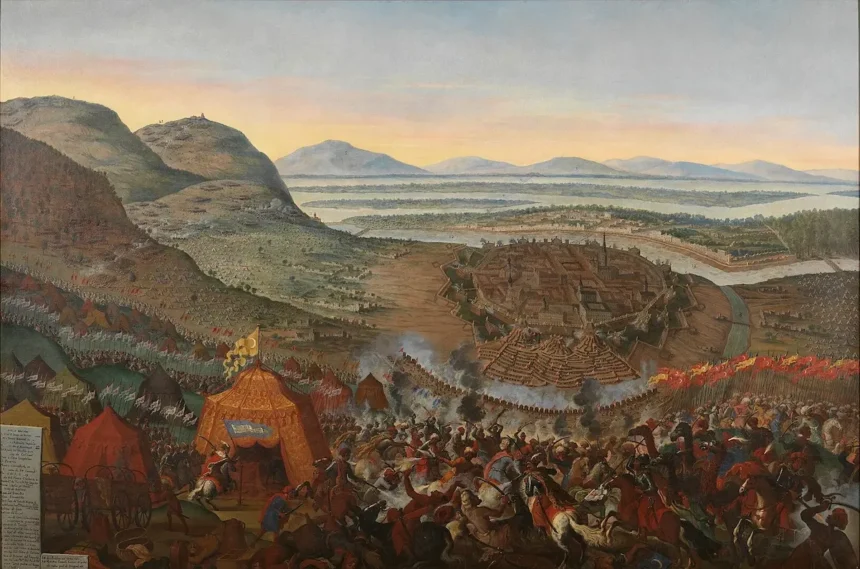The Ottoman-Christian Conflict Along the Danube: Key Battles of the 17th Century
The major cities of Central Europe built along the Danube were the focus of key battles in the war between Muslims and Christians.

The major cities of Central Europe built along the Danube were the focus of key battles in the war between Muslims and Christians.

